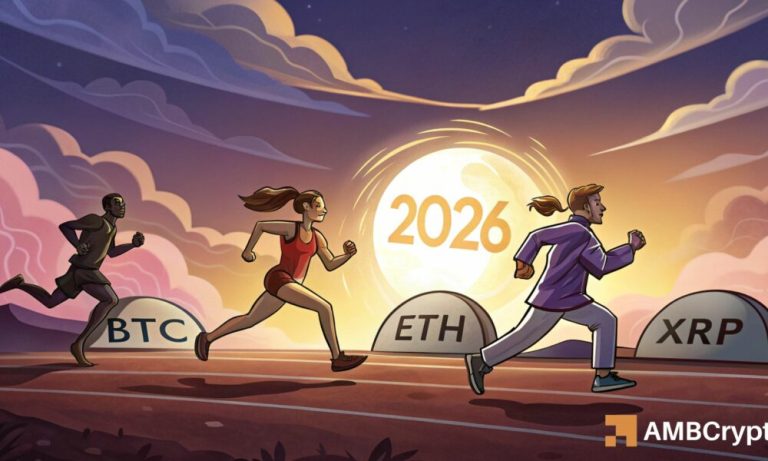
The Crypto Community’s Network Effects Debate
The valuation of cryptocurrencies and blockchain networks has sparked a heated debate in the crypto community, dividing thought leaders over the validity of network-based valuation models. This discussion centers around fundamental metrics, speculative valuations, and the discrepancy between blockchain technology and traditional tech platforms.
Crypto Users: A Pricy Benchmark
Blockchain network users are currently priced between $2,500 and $23,000 each, vastly exceeding Meta’s $400-$500 per user valuation. However, these numbers raise questions regarding whether blockchain valuations are built on solid fundamentals or driven by speculative fever.
Despite the price disparity, the retention, monetization, and engagement metrics for crypto networks remain lackluster. This disconnect has drawn scrutiny from industry researchers and investors alike.
Network Congestion Vs. True Network Effects
Crypto researcher Santiago Santos recently argued that blockchain networks suffer from congestion effects rather than true network advantages. As the user base grows, fees and transaction times increase, dampening user experience instead of improving it. Furthermore, user loyalty often wavers, with liquidity, developers, and engagement migrating across platforms based on short-term incentives.
Layer-one blockchains account for 90% of the total market capitalization but only capture 12% of network fees. This trend challenges the previously dominant Fat Protocol Thesis, which suggested that base-layer protocols would retain the lion’s share of network value.
Metcalfe’s Law: An Explosive K Coefficient?
Santos applies Metcalfe’s Law (V = k · n²) to crypto networks, revealing apparent valuation inconsistencies. Crypto’s coefficient (k) ranges between 10⁻⁶ to 10⁻⁴, compared to Facebook’s 10⁻⁹ to 10⁻⁷. Despite crypto’s high k coefficient, it performs poorly in user retention, engagement, and scalability compared to tech industry leaders.
Moreover, open-source code and minimal switching costs hinder blockchain systems from building sustainable moats. Developers can easily fork protocols, fragmenting value across rival chains.
The Contrarian View: Raoul Pal’s Optimism
Prominent crypto advocate Raoul Pal counters these arguments, likening blockchain’s current trajectory to early-stage tech companies such as Google and Meta. Pal argues that crypto operates within a network-effect model and that current pricing reflects future growth potential rather than present-day economics.
Pal’s viewpoint assumes that as infrastructure matures and crypto’s ecosystem broadens, network effects and user retention will naturally improve, ultimately justifying the current market trends.
Challenges Ahead for Layer-One Blockchains
From fee structures to user loyalty, layer-one blockchains face tough questions. Value continues to shift to application layers, exchanges, and wallet providers where user aggregation thrives. The challenge lies in redistributing value to base protocols while enhancing user retention and engagement metrics.
Boost Your Blockchain Knowledge
Curious about blockchain technology? A great way to improve your understanding is to explore beginner-friendly resources, such as the “Mastering Bitcoin” book by Andreas M. Antonopoulos. This bestseller offers insights into blockchain fundamentals and its future.



